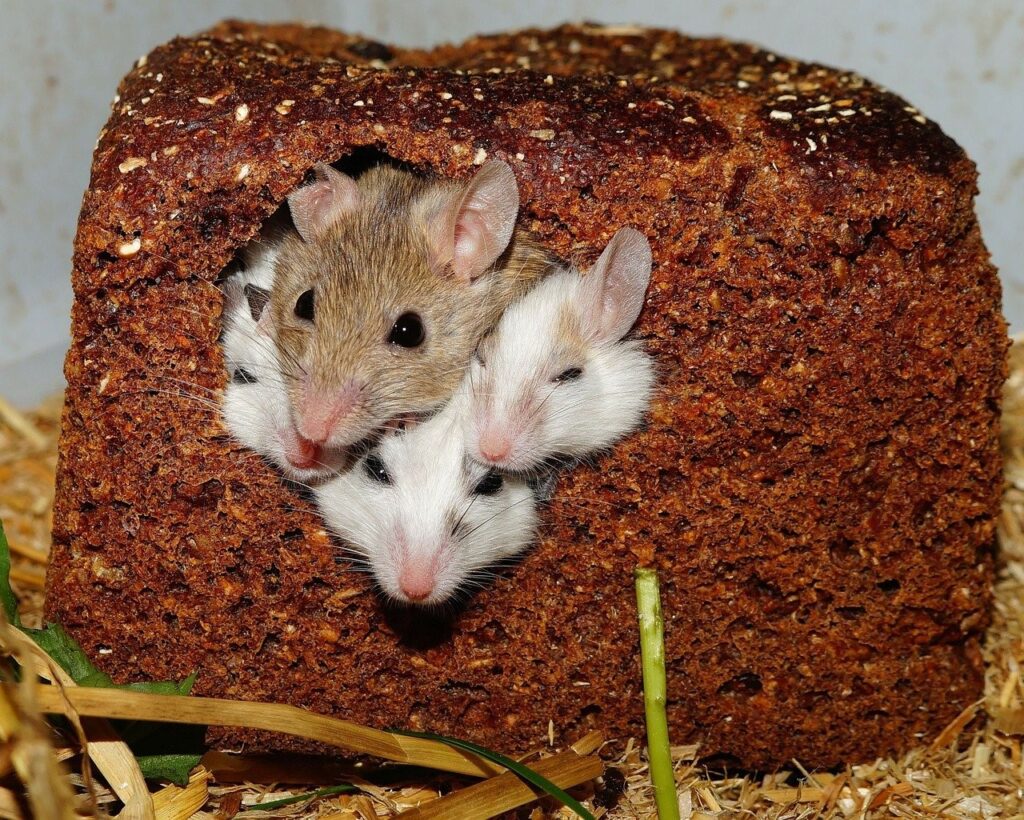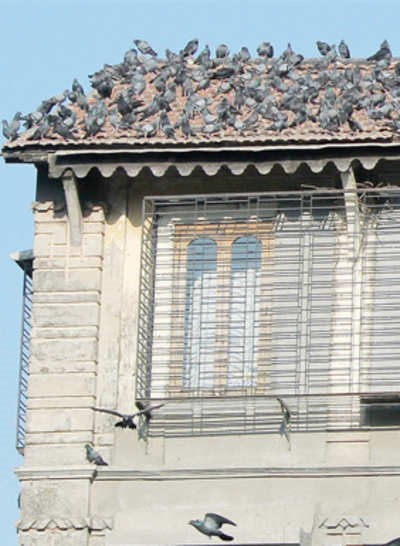When one plans to go to a fine dining restaurant, one expects delicious food, impeccable service and a calming ambiance. What one does not expect or wish for is the presence of unwanted creepy crawlies in their food or anywhere near them. In spite of this, the presence of pests in restaurants is a very common occurrence.

Restaurant kitchens prove to be perfect hideout spots for these pests. Lots of readily available food and warm, tight, dingy places are perfect for them to live and thrive. These pests carry with them a plethora of pathogens. Direct or indirect exposure to food contaminated with them is sure to lead to a multitude of diseases including vomiting, diarrhoea and trauma.
Even a slight carelessness from the caretaker’s/cleaner’s end can result in an infection that can be disastrous for the hygiene of the kitchen and eventually to the customer’s health.
Finding rodent droppings and bugs in the food can be very off-putting for the customer and will definitely taint the name of the restaurant. There are multiple incidences of such happenings. Few evidences are given below:
“S’pore man finds cockroach in noodles from Yishun store & hid in room for the rest of the day”
While enjoying a bowl of noodles for lunch, a man in Singapore found something that would cause him to lose his appetite for the rest of the day.
According to Stomp, the man, known only as Tan, was about five to seven mouthfuls into his meal on Dec. 5 when he found a cockroach nestled among the noodles and soup.
“My mind turned blank. I screamed and rushed to the toilet to vomit out my food,” he told the online portal.
Tan had ordered three bowls of noodles from Taste Beyond Taste Ban Mian & Fish Soup — located in Yishun — for two friends and himself.
The order was placed through Foodpanda, who subsequently gave Tan a full refund.
He told Stomp that he felt “extremely uncomfortable afterwards.”
“(I) hid in my room the whole day without lunch and dinner. I also felt unwell and traumatised.”
“UK Woman Finds Sink Plug In Her Onion Bhaji, Restaurant Owner Offers A Mere Refund For The Mistake”
“According to a Daily Star report, the 65-year-old woman had ordered some food with her family from two restaurants in Bristol, one Indian and one Mediterranean, after being split on what they wanted to eat.
While eating the Indian food from the restaurant named Garam Masala, her grandson made the discovery of the batter-covered sink plug.
Speaking to the Bristol Post, the woman, who didn’t want to be named, said: “We’ve used Garam Masala many times before and never had any reason to be unhappy. We’ve never had any bad food from there.”
The family promptly complained to the restaurant, Garam Masala, and the culprit responsible for the mishap has since been fired, reports Bristol Post.”
Cockroaches and rats in the food have been reported to be the most common reason for the shutting down of many a restaurants world-wide. Such eateries prove to be health hazards to everyone who work there as well as the customers who eat from there. Evidence of this is given below:
“Rats and roaches: Brisbane’s worst suburbs for food safety”
“The discovery of crawling cockroaches and dead rats were some of the reasons at least half a dozen food safety fines were dished out last year following hundreds of complaints lodged against Brisbane restaurants and eateries.
Brisbane City Council received 771 complaints relating to food safety in 2020 – 437 about food premises and 334 about unsafe food and infection.
Topping the list of worst-offending suburbs was Brisbane’s CBD, where 72 complaints were lodged, followed by Sunnybank with 26 and West End with 25.
Councillor Kim Marx, who chairs the Community Health and Safety Committee, said council insisted businesses met strict food-safety standards.
“But every complaint made to council about food safety is followed up with an on-site inspection, and food businesses are not allowed to continue operating if they present a health risk to the public.
“Unfortunately, there has been a small number of Brisbane food businesses that have not upheld council’s high standard, and many of those businesses have been charged in court.”
At least half a dozen Brisbane food outlets were fined last year after council inspectors found dead rats and cockroaches on the premises.
“Anyone with concerns about the standard of food handling or storage at a Brisbane restaurant, cafe or food truck is encouraged to report this to council so it can be investigated,” Cr Marx said.”
The use of toxic pesticides or rat-kills are discouraged at places like kitchens because of its close-proximity to edible stuff. Intake of pesticides via can be equally harmful if not more. This has led to a prevalent question about what exactly can be used to combat this menace.
C-Tech Corporation has the perfect solution to keep the pests away and forever! We manufacture a range of extremely low toxicity, low hazard, and environment-friendly pest repellent products. Our product, Combirepel™, is a blend of green chemistry and smart technology and is the unique combination of our globally patented Rodrepel™, rodent aversive and Termirepel™, insects and termites aversive. It acts through a series of highly developed intricate mechanisms ensuring that rodents and other insect pests are kept away from the target application by the mechanism of repellence. Our eco-friendly and sustainable product does not kill the target species but only repels them.
Rodrepel™ triggers a fear response in rodents thus protecting the application. It causes severe temporary distress to the mucous membrane of the rodents due to which the pest stays away from the application. The product triggers an unpleasant reaction in case if the pest tries to gnaw away the application. After encountering the above-mentioned emotions, the animal instinctively perceives it with something it should stay away from and stores this information for future reference. The fact that certain rodents are repelled is mimicked by other rodents as well. Thus, the other rodents too stay away from the applications. The unpleasant experience is imprinted within the animal’s memory and passed on to its progeny.
Termirepel™ temporarily inhibits the mating cycle of the insects. The product impairs the ability of the insects to reproduce, that is the insects will not lay eggs or the laid eggs will be infertile. The product causes feeding disruption in an insect by triggering an unpleasant reaction within the insect which might try to feed on the application. The product temporarily blocks the reproduction system of the insects by hindering the release of vital hormones for growth.
Combirepel™ is available in the form of a solid masterbatch, liquid concentrate, lacquer, spray and wood polish additive.
The liquid concentrate can be mixed with paints and applied all over the restaurant, especially inside the kitchens. It can also be applied to already installed cables and wires and other entry points. The liquid concentrate is compatible with all kinds of paints and solvents. This will keep the rodents away.
The lacquer can be applied to the flooring, kitchen trolleys, cabinets, even the kitchen platforms.
The wood polish additive can be blended with wood polish and applied on the storage units and furniture.
Our product in the form of a spray is very easy to use. It can be sprayed on the infested area to repel the pests and prevent them from entering.
The LD50 value of Combirepel™ is 50,000 mg/kg making it non-poisonous, which is an important parameter to be considered in the food industry. By using our products, you can get an effective and long-lasting solution against rodent nuisance.
The product is compliant with RoHS, RoHS2, RoHS3, REACH, APVMA, NEA, EU-BPR, and FIFRA exempted.
Contact us at technical.marketing@ctechcorporation.com if you’re facing problems with rodents and get best remedies to combat the pest menace.
Also, visit our websites:
1] http://www.ctechcorporation.com/
Follow our Facebook pages at:
1] https://www.facebook.com/Combirepel-411710912249274/
2] https://www.facebook.com/Termirepel-104225413091251/
3] https://www.facebook.com/Rodrepel-120734974768048/
Follow us on our Twitter pages at:
1] https://twitter.com/rodrepel



